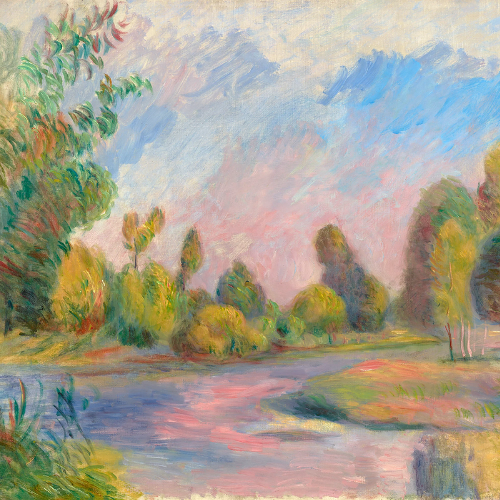The decorative canes available to collectors today are those hailing primarily from the second half of the 19th century and into the 1920s. Most decorative canes have a plain shaft with a decorative handle crafted from a variety of materials.
Silver handles were widely produced during this time period and are easily obtained making them a good starting point for a decorative cane collection. Be careful, however; many handles that may have the appearance of sterling silver are not and they should be priced accordingly, unless the stick has other historical importance, provenance or rarity. Finely chased sterling and gold knob handles were often inscribed and used as presentation sticks while even fancier sterling knobs might take the form of animals, human figures or elaborate crook handles. The Art Nouveau period produced some extraordinary sterling-handled canes which are highly prized by collectors.
Because of their high cost, canes with gold handles are among the rarest and most dear to collectors. Look for highly chased crook handles with the gold content marked. Many canes carved from less expensive materials will have an ornate gold collar as an accent. Most gold handled canes were made for evening use and will usually have an ebony or equally elegant shaft.
Porcelain handles produced by renowned makers such as Meissen and Sèvres are highly collectible due to their extraordinary beauty and rarity. Because they are so fragile, most porcelain handles were damaged over the years and are difficult to find in mint condition.
Other materials used to craft handles and shafts for decorative canes included tortoise shell, bone, antler, brass, bronze, wood, snakeskin, leather, sharkskin, and even glass. As with most decorative antiques, care should be taken to acquire canes that are free of cracks, chips or repairs. Use your judgement however. Rarity, exceptional beauty or important provenance should at times override minor flaws.
Perhaps the most important canes on the market today are those that were produced by elite houses such as Fabergé and Tiffany. These canes, often encrusted with diamonds and jewels, can command prices well over $15,000 and are most certainly considered the prize of any collection. The shop of Fabergé was known for its intricate enamel and diamond handles while Tiffany produced elegant gold handles with shining ebony or handsome tortoise shell shafts. Examples are few and prices continue to soar as collectors scoop these masterpieces off of the market.
Due to the variety of decorative canes, the collector can build upon a number of variations. Prices will depend not only on the materials used, but also on the degree of decoration, the quality of the workmanship and the rarity of a particular theme. Canes that combine various materials, such as porcelain and gold, or ivory and sterling can also command premium prices. Erotic canes, depicting nude forms, carved from ivory or cast in sterling often bring a small premium over canes of similar materials. Even sticks whose decorative material may be somewhat less than appealing can bring high prices based on its rarity.







